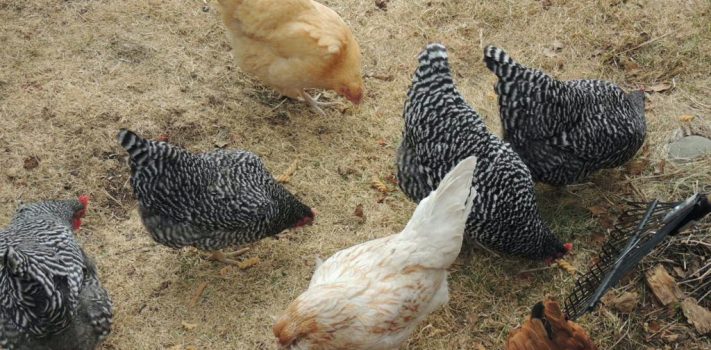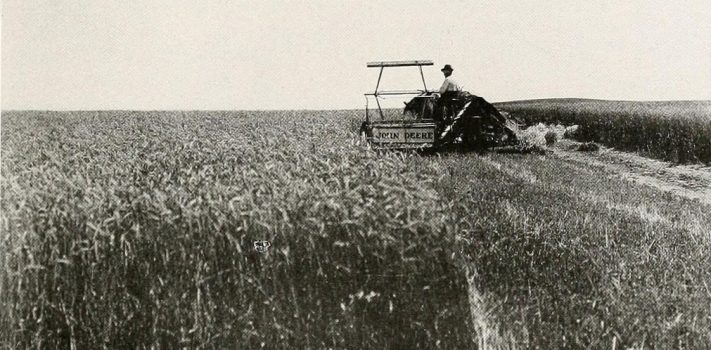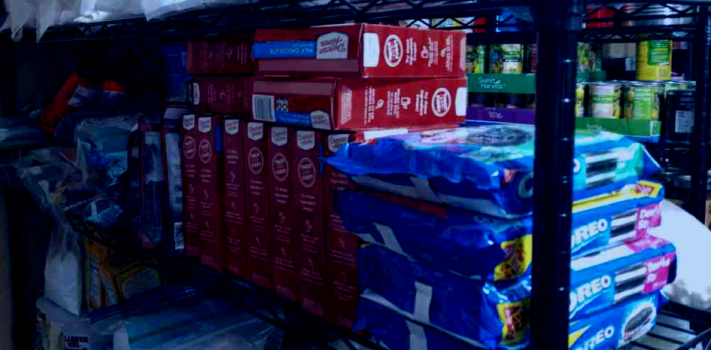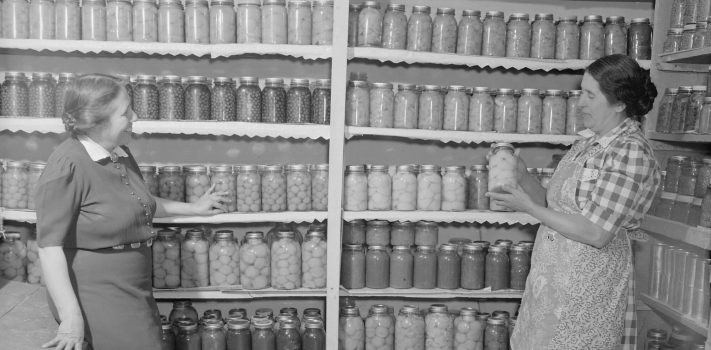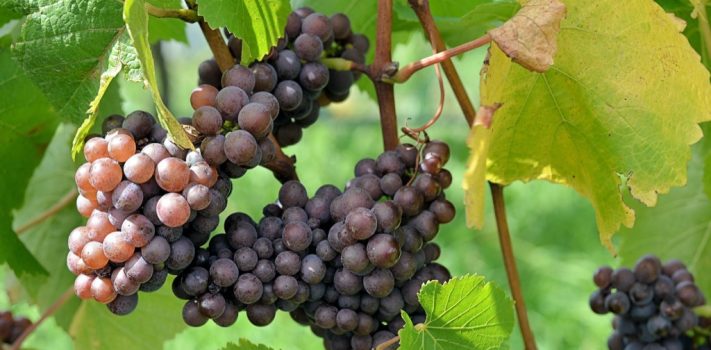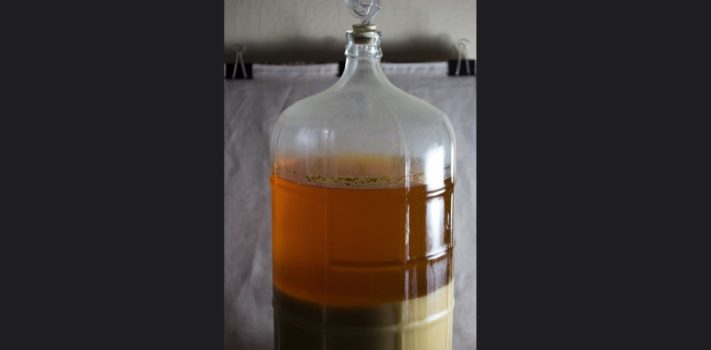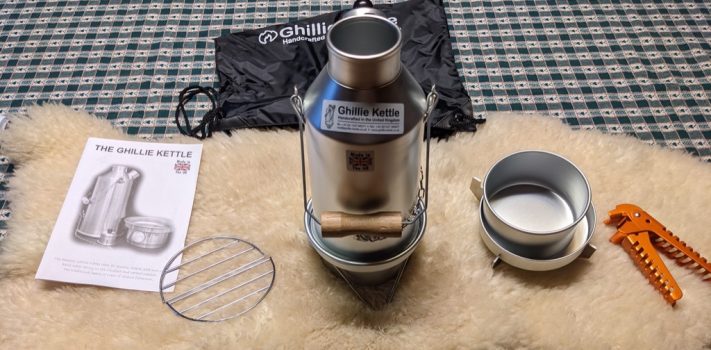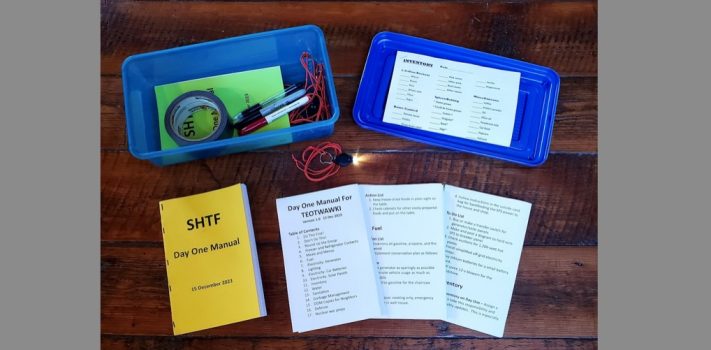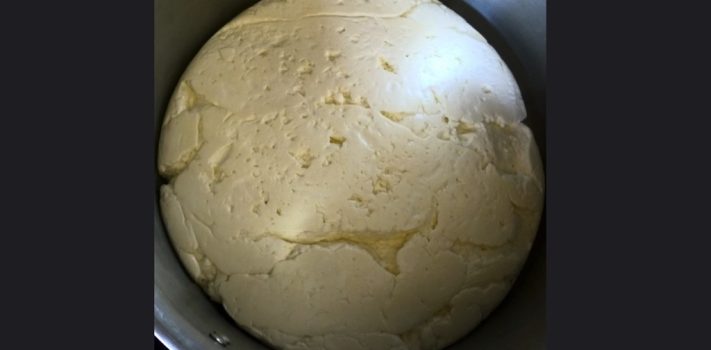Preserving Chicken Eggs, by Mrs. Alaska
Egg laying is partially predicated on the season. Our hens, of various breeds, are always most prolific layers in the summer months. In the autumn, when they molt (shed their feathers and grow new ones) they do not lay at all for 6 to 8 weeks. During the cold winter months in Alaska, they shiver in the chilly coop, laying maybe half as often as in the summer. It is only in March, when we have 12 hours of daylight, that they venture out into the snow and start to lay regularly again. Therefore, I learned various ways to save …

